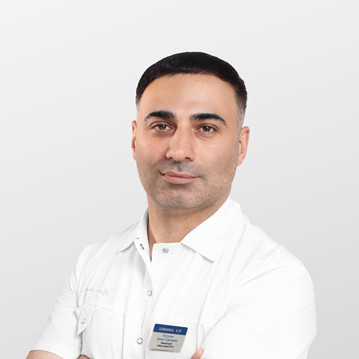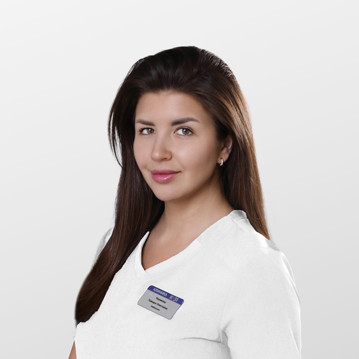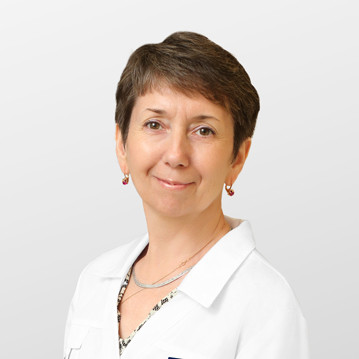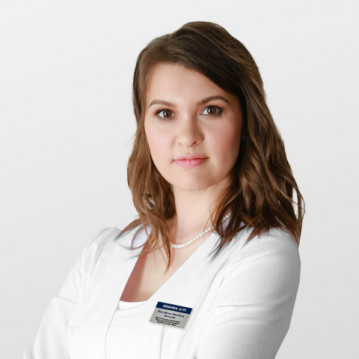Laser hatching

specialists

equipment

treatment
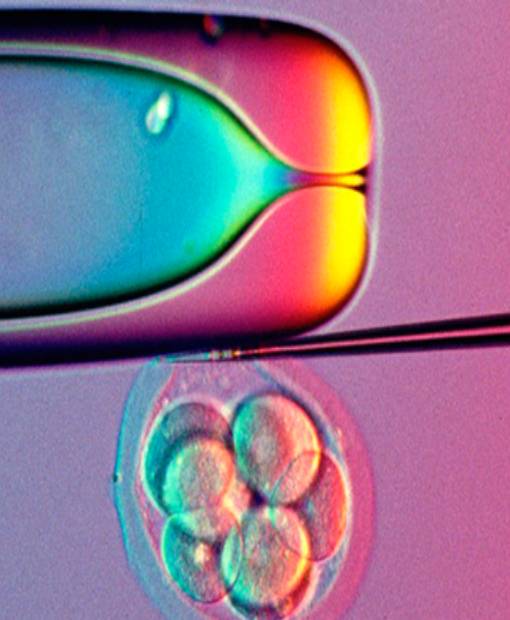
During the assisted hatching procedure, the outer layer of the embryo is artificially weakened by making a small hole in the vitelline layer (zona pellucida). This can be done in different ways. One method involves applying an acid of a certain consistency, called Tyrode's solution, which causes a small hole to form in the tissue. Another method involves using laser technology to form a "crack" (window) in the layer.
In scheduled pre-implantation diagnosis (PGD) - a modern method for detecting chromosomal and gene abnormalities in an embryo before transferring it to the uterine cavity - assisted hatching can simplify the biopsy for analysis. This procedure is carried out on the recommendation of a doctor or at the request of patients as part of an IVF cycle.
During PGD, approximately on the fifth day after fertilization (blastocele stage), a small amount of tissue is taken from the outer layer of the embryo (trophectoderm). Thanks to the use of PGD, it became possible to exclude the risk of a child with various genetic pathologies being born.
One of the methods of infertility treatment - in vitro fertilization (IVF) - is a procedure for combining an egg with a sperm in the laboratory (under natural conditions, the conception process takes place inside the female body). An egg is considered fertilized when a sperm has entered it. During IVF, fertilized eggs are observed for 3 to 6 days, during which they divide and turn into embryos.
The best embryos are then placed in the woman's uterus for pregnancy (embryo transfer) or they can be frozen for future use. While the embryo is developing, it is surrounded by cells, which are a protective (shiny) shell. In the natural environment, as the embryo grows, it breaks this layer. But sometimes this does not happen, which is an obstacle to pregnancy.
In such cases, just before the embryo is placed in the woman's body, laboratory staff make a small "cut" in its outer layer. This procedure is called assisted laser hatching. With its help, it will be easier for the embryo to penetrate the uterine wall, which will eventually lead to the desired pregnancy.

In rare cases, assisted hatching can destroy the embryo, rendering it unusable. More often, chemical hatching can pose a threat to the embryo; the use of a laser in skilled hands is safe.
To minimize the risks, medications such as antibiotics and steroid hormones are sometimes prescribed about a day before the hatching and embryo transfer procedure. Side effects from the use of these drugs are extremely rare.
It is worth remembering that the risk for identical twins with assisted hatching may be slightly higher than standard. However, this is also due to the fact that medical complications during pregnancy with identical twins increase compared to conventional singleton pregnancy.

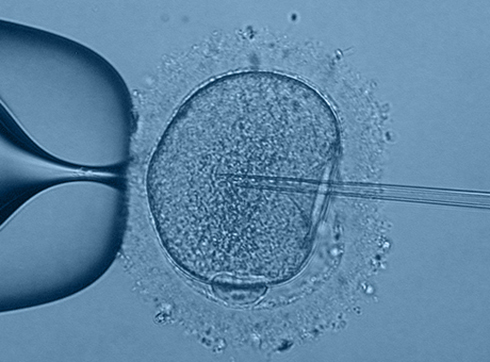
Experts do not recommend the use of assisted hatching for all patients who are undergoing IVF treatment without exception. Research suggests that assisted hatching may help increase the chances of pregnancy for women who failed to conceive in a previous IVF cycle and for those women who were given a poor pregnancy prognosis. There is also evidence of a positive effect of hatching on conception using previously frozen embryos.
However, only a doctor can help you assess the benefits and risks of assisted hatching in your particular case.
Price
Make an appointment at a convenient time on the nearest date
Our doctors

This award is given to clinics with the highest ratings according to user ratings, a large number of requests from this site, and in the absence of critical violations.

This award is given to clinics with the highest ratings according to user ratings. It means that the place is known, loved, and definitely worth visiting.

The ProDoctors portal collected 500 thousand reviews, compiled a rating of doctors based on them and awarded the best. We are proud that our doctors are among those awarded.

